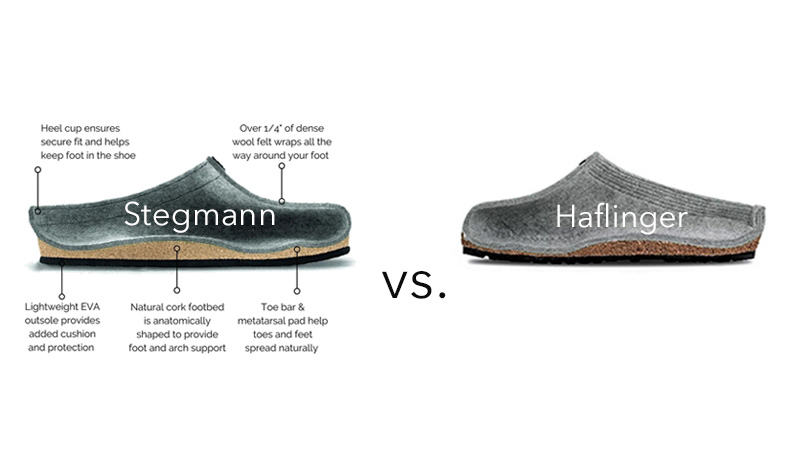DISCLOSURE: This post may contain affiliate links. This means I will get a small commission if you make a purchase through one of the links at no cost to you and with no increase in the price you pay.


DISCLOSURE: This post may contain affiliate links. This means I will get a small commission if you make a purchase through one of the links at no cost to you and with no increase in the price you pay.